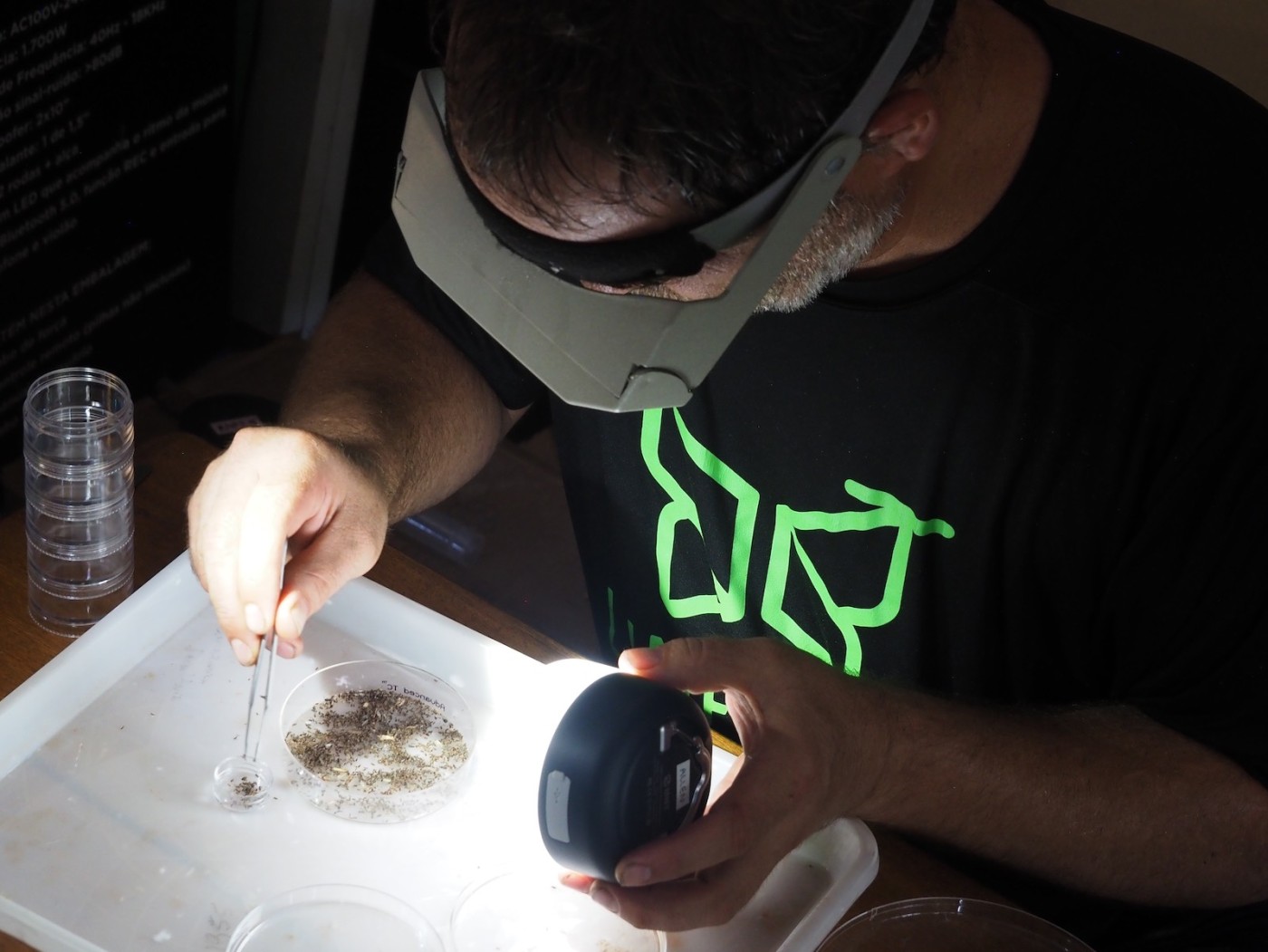What Is Biodiversity and Why Does It Matter?
Understanding biodiversity isn’t just about protecting nature; it’s about protecting the systems that sustain life.Accurate biodiversity data helps organizations and communities make informed decisions about land use, resource management, and sustainability. It reveals which species and ecosystems are essential to long-term ecological balance.
Biodiversity refers to the full variety of life on Earth: animals, plants, fungi, and even microscopic organisms, along with their genes, interactions, and functions. Scientifically, it’s so complex that no single measure can capture it all.
From a conservation or management standpoint, biodiversity can be viewed as the species living in a place and their abundance. In other words, which species are common, and which are rare?
Not all species play the same role. Bees pollinate, termites decompose, and caterpillars feed on leaves; each contributes differently to ecosystem health and resilience. Once we know which species are present and how abundant they are, we can identify the key players that sustain the system.
The list of species provides a considerable amount of information. Rare species are in danger of extirpation from the location or perform a minimal functional role and common species define the important ecological actors on the stage.
Limelight Rainforest believes the study of ecology is entering a revolutionary moment where technology amplifies our ability to understand and protect the natural world. As new tools make biodiversity data more precise and accessible, its value extends beyond conservation, influencing how societies manage resources, design sustainable systems, and redefine the value of nature on earth.
Where Is the Value?
Human well-being depends on nature. The food we grow, the medicines we create, and the climate that sustains us all rely on healthy ecosystems. Biodiversity is the key to measuring that health and understanding the systems that make life possible.
Nature provides immense value, yet most of it remains invisible in traditional markets. Until recently, no one counted the number of species in a forest or the microbes in its soil as part of a property’s worth.
That is changing. As biodiversity data becomes more accessible, businesses and communities alike are recognizing that the stability of nature underpins the stability of economies and supply chains. Measuring biodiversity is becoming essential to managing risk, building resilience, and sustaining both ecosystems and the people who depend on them.
Example Use Cases for Biodiversity Measurement
Biodiversity Credits and Added Value
Organizations investing in or monitoring natural capital, such as in conservation, mitigation banking, offset or carbon markets, agriculture, reforestation, or community health, benefit directly from modern biodiversity measurement. Reliable data strengthens accountability, transparency, and environmental impact claims.
Agriculture
Biodiversity monitoring helps farmers build more resilient systems that can better adapt to climate change. Farms with higher biodiversity often require fewer chemical inputs, such as pesticides and fertilizers, while maintaining or even improving productivity and soil health.
Reforestation
Modern biodiversity monitoring provides quantitative, real-time evidence of restoration progress. It allows project managers to measure how closely restored areas match their target species compositions and ecological functions, ensuring that reforestation delivers lasting environmental value.
Conservation
Accurate biodiversity data helps verify the health, stability, and effectiveness of habitats designated as conserved or protected. This monitoring ensures that conservation efforts deliver genuine ecological benefits and provides a foundation for adaptive management when changes occur.
Ethical Branding
Companies seeking to demonstrate authentic, nature-positive action can use scientifically verified biodiversity data to validate and communicate their environmental commitments. These insights strengthen brand credibility and support transparent sustainability reporting.
The Right Time to Start Measuring Biodiversity
Partnering with a biodiversity measurement company begins with shared goals, scientific clarity, and mutual trust. At Limelight Rainforest, we value both the precision of data and the experience that gives it meaning. Our foundation is decades of scientific fieldwork in some of the planet’s most challenging ecosystems.
Our team works in these places out of a genuine love for discovery: the unknown, the intricate, and the extraordinary ways nature reveals itself. When waves of new technology reached the rainforest, we were already there, knee-deep in mud, recording, observing, and learning. We understand the limits of the technology, and we recognize its power to transform our understanding of nature.
We bring that understanding to every partnership, ensuring that biodiversity data is used responsibly and effectively. Our goal is to build a foundation of knowledge that benefits individuals, corporations, and the Indigenous peoples and local communities who share stewardship of the habitats where we work.


